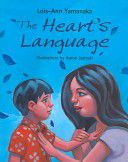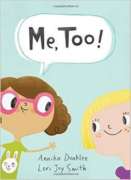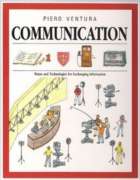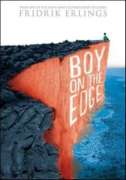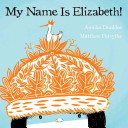A young girl helps her dad navigate life in a new country where she understands the language more than he does, in an unforgettable story about communication and community. Angie is used to helping her dad. Ever since they moved to Canada, he relies on her to translate for him from English to Chinese. Angie is happy to help: when they go to restaurants, at the grocery store, and, one day, when her dad needs help writing some signs for his work. Building off her success with her dad’s signs, Angie offers her translation skills to others in their community. She’s thrilled when her new business takes off, until one of her clients says he’s unhappy with her work. When her dad offers to help, she can’t imagine how he could. Working together, they find a surprising solution, fixing the problem in a way Angie never would have predicted.
A gorgeously illustrated picture book from up-and-coming author-illustrator Jack Wong (When You Can Swim, Scholastic) that is at once a much-needed exploration of the unique pressures children of immigrants often face, a meditation on the dignity of all people regardless of their differences, and a reminder of the power of empathy



